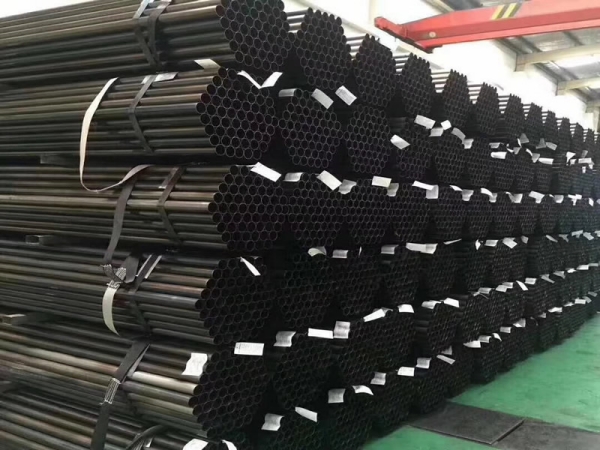The production of seamless steel pipes involves a series of carefully controlled steps to ensure high quality and performance. Here’s an overview of the manufacturing craft.

The production of seamless steel pipes begins with the hot extrusion of billets to form tube hollows. These billets, typically drilled with a hole, are pushed through a die and over a mandrel, followed by either air cooling or water quenching.
The wall thickness of the seamless pipe is determined by the gap between the piercing ram and the extrusion die. Controlling the uniformity of the wall thickness can be challenging, as can achieving a high-quality surface finish. To address this, the surface of the extrusion billet is initially machined to remove any defects that could affect the quality of the finished product.
When further size reduction of the tube hollows is required, pilgering is used to finalize the finish and dimensions of the tubes. Cold working during this process improves the mechanical properties and tolerances of the pipes. Cold pilgering is preferred due to its high forming rate, narrow tolerances, and good productivity yields.
After the manufacturing process is complete, seamless tubes typically undergo finishing treatments and heat treatments. All pipes are supplied in a heat-treated condition to ensure their quality and performance.